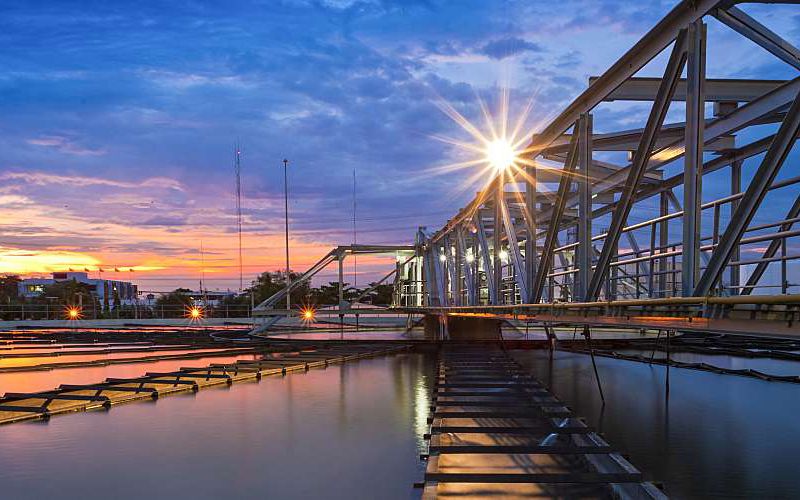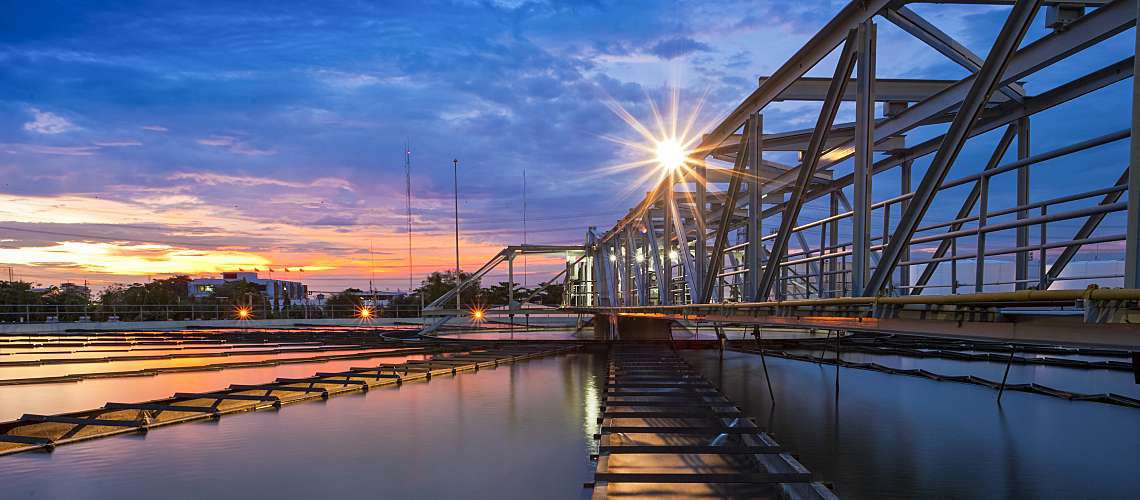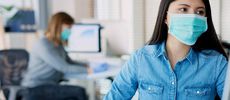What SARS-CoV-2 Wastewater Testing Means for Your Lab


Around the world, scientists working to protect the public from contracting COVID-19 are utilizing a novel approach: wastewater testing. Evaluating community wastewater systems for SARS-CoV-2, the virus that causes COVID-19, offers several advantages for surveillance, including lower costs and faster data.
In the United States, multiple states are considering mandating wastewater utility monitoring, and more than a dozen currently have SARS-CoV-2 sewage data available, according to a Centers for Disease Control and Prevention (CDC) webinar on COVID-19 sewage surveillance from early July. In August, the CDC and other federal agencies introduced the National Wastewater Surveillance System, collaborating with state, local, tribal, and territorial health departments on collecting testing data.
Many labs have been approached to provide this type of data, and have the opportunity to be involved in this public health effort. Let's take a closer look at how this method works as well as the difference it could make for the communities you serve.
Maine's SARS-CoV-2 Wastewater Testing Program
In Maine, the Portland Water District and Saint Joseph's College recently established a testing program that collects influent at the Portland and Westbrook wastewater plants. The college implemented two COVID-19 surveillance programs that support each other: diagnostic and sewage testing. The residential campus in Standish relies on a septic system, which is unique because most colleges use municipal water treatment or have their own treatment systems.
Microbiologist Yolanda Brooks, assistant professor of biology at Saint Joseph's College, is the primary investigator. She leads the research team that analyzes samples for inactive SARS-CoV-2 fragments using a method developed by IDEXX. "Instead of passive surveillance, we're actively evaluating this virus in the community," Brooks said in an interview for Currents. "It allows us to be prepared and start making smart decisions."
Learn more about how IDEXX supports public health with new SARS-CoV-2 RT-PCR test for wastewater
Benefits of Wastewater Testing for COVID-19 Response
Improved surveillance is critical for protecting public health, especially as communities face difficult decisions about allowing in-person gatherings and reopening K-12 schools, colleges and universities, municipal buildings, and other facilities.
"Data has shown that not everyone who contracts COVID-19 will actually show symptoms or be symptomatic enough to go to a physician," Brooks explains. This is why sewage testing matters. Individuals infected with SARS-CoV-2 shed the virus in their feces, regardless of their symptoms, the CDC points out. Sewage testing isn't new, Brooks says, it has been used to detect opioid crises, outbreaks of hepatitis A, and instances of diseases such as polio. The novel coronavirus pandemic led to an increased interest in water epidemiology's potential.
In the CDC's webinar, sewage data for a treatment plant in the U.S. correlated with cases confirmed by diagnostic testing approximately four to six days later. When used in conjunction with other surveillance methods, measuring the viral particles in wastewater can serve as an early warning system for COVID-19 outbreaks.
In addition to the timing, Brooks says there's a financial benefit to testing wastewater for SARS-CoV-2. "The cost to analyze a single sample of wastewater is a fraction of the cost that it would take to do diagnostic testing of a whole community," she explains. "We can't necessarily say 'you have it,' but this gives us more of an idea of what's going on in the community."
How Wastewater Testing Works
Brooks received a Ph.D. in microbiology from Michigan State University, completed two postdocs, and explained that all of her research encapsulates eco-pollution in drinking water and recreational water. The sewer epidemiology effort with the Portland Water District, which supplies water to 16% of Maine's population, is an extension of her previous work.
Brooks told Currents how the testing method she uses works. First, she receives sewage influent collected via a composite sampler. After the sample arrives at the lab, she separates out materials the size of bacteria or larger and performs a precipitation step to collect the viral particles into a larger mass. Then, Brooks concentrates this into a very small volume, which she uses to extract the nucleic acids.
She uses a real-time fluorescent reverse transcription-polymerase chain reaction test (RT-PCR) to amplify sequences of nucleic acids specific to the SARS-CoV-2 genome. "After that, I see how much fluorescence has been emitted from the reaction to estimate the concentration of SARS-CoV-2 within my sample," she says. From there, Brooks estimates the concentration of SARS-CoV-2 within the volume of the original wastewater sample.
This method allows Saint Joseph's College and the Portland Water District to track the final concentration of SARS-CoV-2 in wastewater over time as well as see whether there are increasing or decreasing trends that correlate to the number of cases in the community.
Monitoring sewage is noninvasive, low in cost, and contributes to timely decisions about public safety. "It's valuable," Brooks emphasizes. "I'd encourage laboratories to consider this methodology."






